Trauma in the Workplace
As we discussed in our post last week, bringing up trauma in the workplace can feel taboo. However, what if the trauma you experienced is being triggered at work or your workplace caused the trauma? When we spend at least forty hours a week at work, it’s imperative that our workplace feels safe and supportive. As we have discussed before, we have all had trauma in our lives and the people, places and things we surround ourselves with can have a positive or negative impact on how we feel. Most jobs can feel stressful at times, but if going to work causes you to feel anxious, depressed or even sick this is beyond stress and is unhealthy.
“When we spend at least forty hours a week at work, it’s imperative that our workplace feels safe and supportive.”
There are both organizational stressors and physical stressors that contribute to potential trauma in the workplace. Some examples of organizational stressors include unresolved conflict, toxic work environment, fear for the future such as downsizing or fear of unemployment and bullying to name a few. Physical stressors include disorganized environment, harsh lighting, noise and having no control over personal space. A toxic workplace is any job that includes a combination of the factors listed above and causes serious disruptions in the rest of your life. Trauma in the workplace results in high turnover, decrease in productivity, sickness absence, lack of communication, gossip and distrust.
Organizations can help prepare leadership and employees by bringing awareness to the effects of trauma and how it manifests in the workplace. Putting organizational strategies in place help ensure that employees are educated and prepared with the tools they need. Additionally, the strategies that are applied to addressing workplace trauma can also be helpful for trauma that occurs outside of the workplace. If this is all new to you or your organization, it can be difficult to know where to start. Bringing in experts to assess the needs of the organization is extremely helpful. Our consultants with Boots Counseling specialize in trauma informed care in the workplace. Click here for more information - https://www.boostcounseling.com/consultants.
“Trauma in the workplace results in high turnover, decrease in productivity, sickness absence, lack of communication, gossip and distrust.”
There are changes that can be made immediately to create a supportive and safe work environment. Establishing a committee in the organization that focuses on the well-being of the employees is a great start! This group of people can meet regularly to help to monitor the workplace and the needs of the employees. Training is another important tool that can be incorporated to help educate staff on trauma and the effects of trauma at work. Regular check ins or supervision helps to reinforce open communication between staff and upper management. Supervision offers managers a chance to ask their employees how they are doing and what their needs are at work. Lastly, human resources can communicate the benefits of the organizations Employee Assistance Program (EAP) if one exists, to ensure employees are aware of this helpful resource.
“There is nothing better than going to work and feeling heard, seen, safe and supported.”
Having a workplace that enhances productivity, reduces turnover and decreases sickness absence is the result of a company that invests in their employees. Taking the time and energy to learn about the effects of trauma and incorporate strategies to put preventative tools in place pays off in the long run. There is nothing better than going to work and feeling heard, seen, safe and supported. Ignoring the signs and symptoms of a toxic work environment only helps to make the toxicity spread. Creating an atmosphere where people enjoy and trust coming to work will shift the culture for the better. To learn more about trauma read our blogs What is Trauma - https://www.boostcounseling.com/blog-2/whatistrauma and What is Trauma Part II - https://www.boostcounseling.com/blog-2/whatistrauma2.



